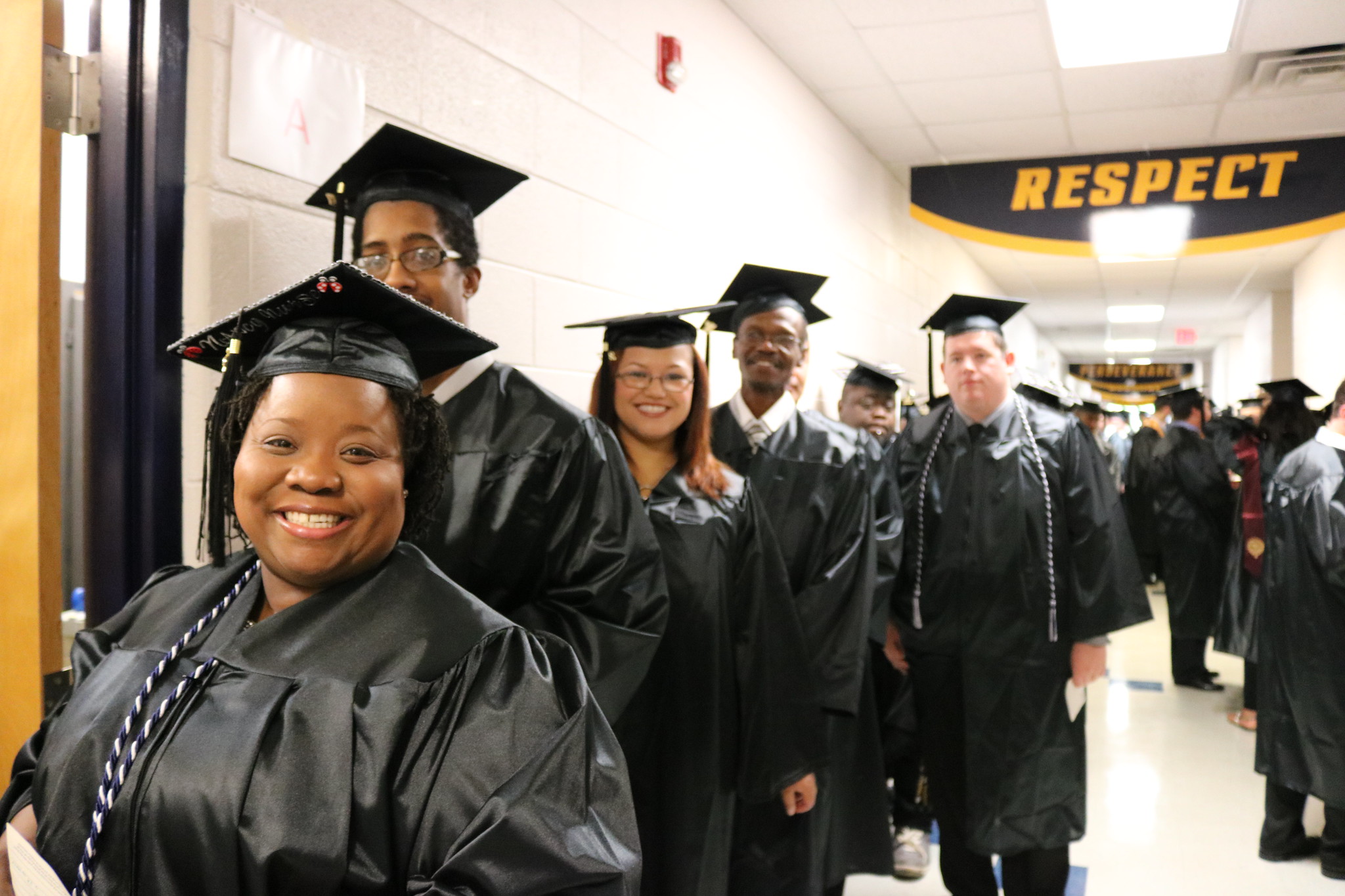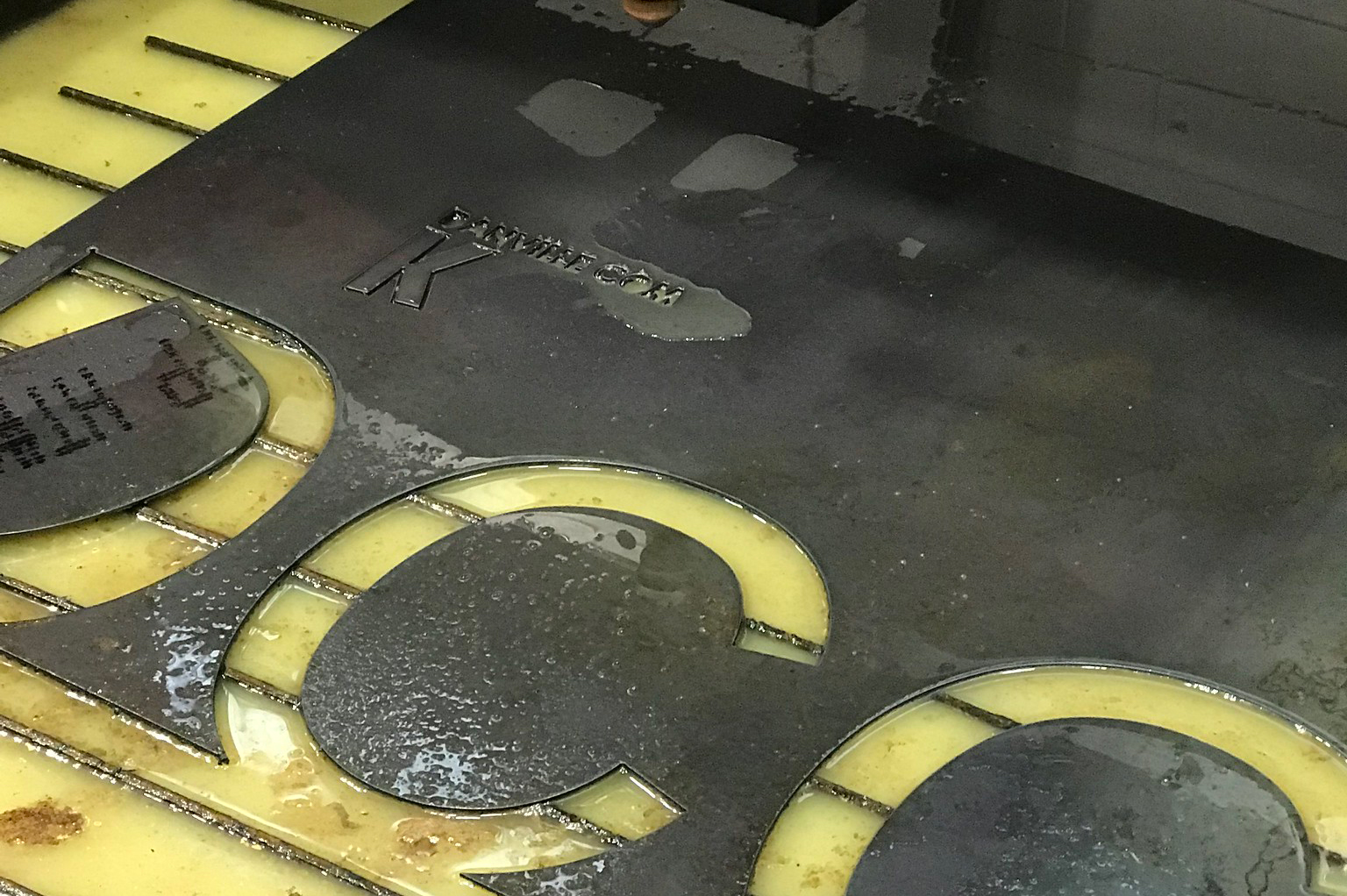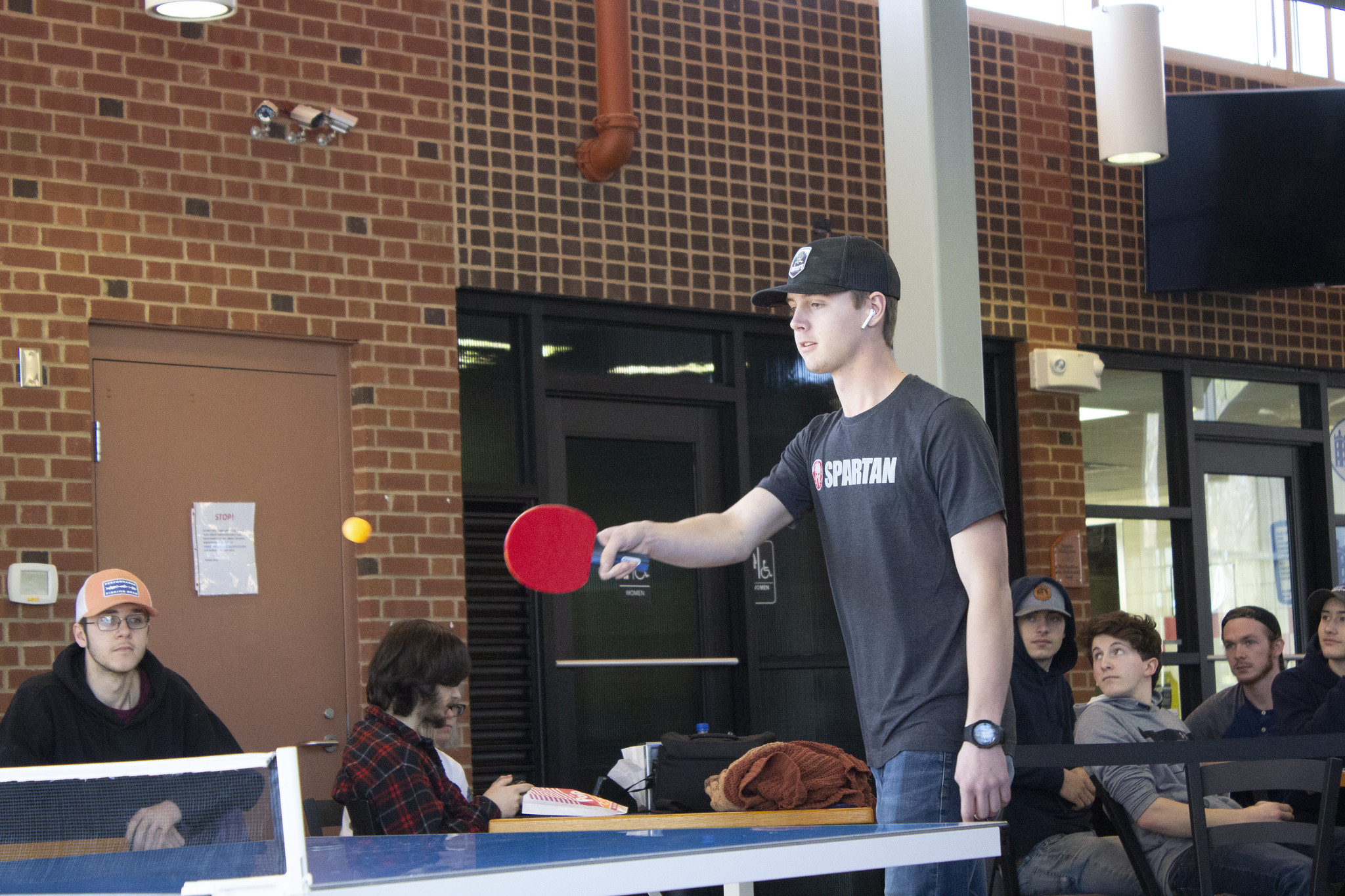Length
A full-time student may complete this program in six semesters, which includes two summers.
Purpose
The purpose of the Electrical / Electronics Engineering Technology program is to prepare persons for employment in technical positions available in business and industry related to electricity and electronics.
Occupational Objectives
The following occupational titles represent examples of possible employment opportunities:
- Automation Control
- Biomedical Electronics Technician
- Communications Technician
- Computer Technician
- Electrical/Electronics Technician
- Electric Power Utility Technician
- Laboratory Technician
- Maintenance Technician
- Robotics Technician
- Service Technician
- Telecommunications Technician
Admission Requirements
To enter this curriculum requires that an individual meet the general admission requirements of the College. If you meet the general admission requirements, a counselor will discuss with you the strengths and weaknesses of your academic background and your strengths and weaknesses as revealed by an appropriate placement test. You may correct any deficiencies in academic preparation in the College’s Developmental Studies program.
Program Description
The program is designed to develop a general foundation in electricity, electronics, theorems, networks, and fundamental circuits. To receive the diploma, you must complete the required credits with a grade point average of 2.00 or better. The courses are distributed according to the following outline. This outline represents a typical order of courses taken by full-time day students.
| First Year (Fall) | Lecture Hours | Lab Hours | Course Credits | |
|---|---|---|---|---|
| SDV 100 | College Success Skills | 1 | 0 | 1 |
| ITE 116 | Survey of Computer Software Applications | 2 | 0 | 2 |
| ELE 113 | Basic Electricity I | 3 | 0 | 3 |
| ELE 123 | Electrical Applications I | 1 | 2 | 2 |
| ELE 152 | Calculations 1 | 3 | 0 | 3 |
| PED | Physical Education Elective | 0 | 0 | 2 |
| Total | 10 | 2 | 13 |
| First Year (Spring) | Lecture Hours | Lab Hours | Course Credits | |
|---|---|---|---|---|
| ELE 114 | Basic Electricity II | 3 | 0 | 3 |
| ELE 124 | Electrical Applications II | 1 | 2 | 2 |
| ETR 123 | Electronics Applications I | 1 | 2 | 2 |
| ELE 153 | Calculations II | 3 | 0 | 3 |
| ETR 141 | Electronics I | 3 | 0 | 3 |
| ETR 151 | Electronic Circuits Troubleshooting I | 2 | 0 | 2 |
| ENG 131 | Technical Writing | 3 | 0 | 3 |
| Total | 16 | 4 | 18 |
| First Year (Summer) | Lecture Hours | Lab Hours | Course Credits | |
|---|---|---|---|---|
| ELE 156 | Electrical Control Systems | 2 | 2 | 3 |
| ETR 142 | Electronics II | 3 | 0 | 3 |
| ETR 152 | Electronics Circuits Troubleshooting II | 2 | 0 | 2 |
| ETR 124 | Electronic Applications II | 1 | 2 | 2 |
| Total | 8 | 4 | 10 |
| Second Year (Fall) | Lecture Hours | Lab Hours | Course Credits | |
|---|---|---|---|---|
| ECO 100 | Elementary Economics | 3 | 0 | 3 |
| ELE 216 | Industrial Electricity | 2 | 3 | 3 |
| ETR 282 | Digital Systems I | 2 | 3 | 3 |
| ELE 158 | Surface-Mount Soldering | 0 | 3 | 1 |
| ETR 255 | Active Devices and Circuits | 2 | 3 | 3 |
| Total | 9 | 12 | 13 |
| Second Year (Spring Semester) | Lecture Hours | Lab Hours | Course Credits | |
|---|---|---|---|---|
| ETR 243 | Digital, Analog and Data Comm. Systems I | 3 | 3 | 4 |
| ELE 295 | Topics in E/E (Schematic Reading) | 1 | 0 | 1 |
| ELE 217 | Electric Power Utilities | 1 | 2 | 2 |
| CST 100 | Principles of Public Speaking | 3 | 0 | 3 |
| ELE 239 | Programmable Logic Controllers | 2 | 3 | 3 |
| Total | 10 | 8 | 13 |
| Second Year (Summer) | Lecture Hours | Lab Hours | Course Credits | |
|---|---|---|---|---|
| ETR 136 | Industrial Electronic Systems | 2 | 3 | 3 |
| ETR 241 | Electronic Communications I | 2 | 3 | 3 |
| Total | 4 | 6 | 6 |
Total Minimum Credits for a Electrical/Electronics Technology: 73







